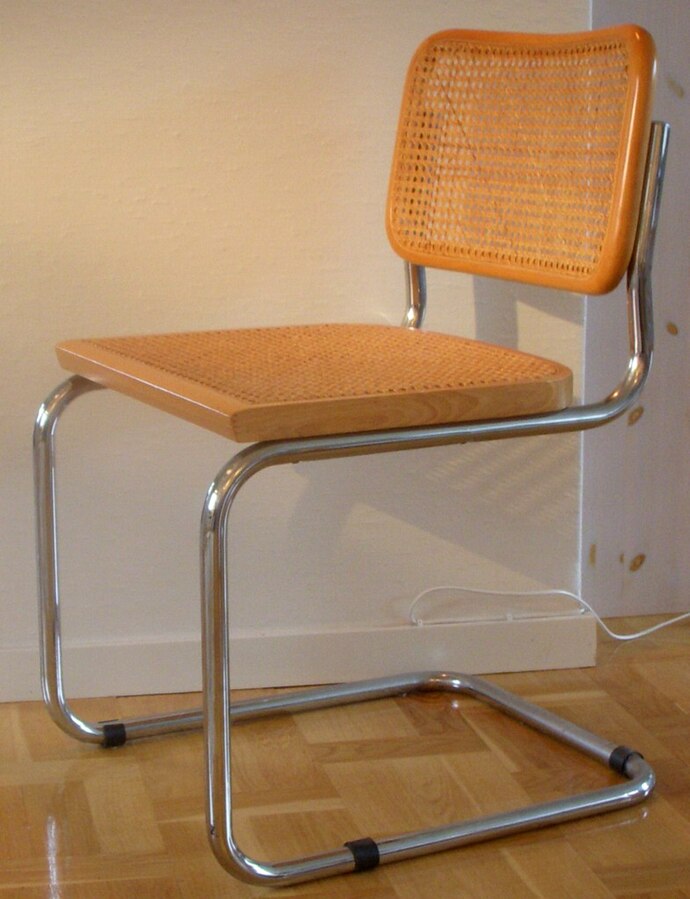When it comes to home décor, some styles are timeless enough that they never go out of style. Classic materials, versatile shapes, and unparalleled function are especially great fits for any approach to decorating.
First introduced way back in 1928 via a design by Marcel Breuer, Breuer Cesca chairs are perfect examples of what it looks like when all of these factors combine in a single item. Here’s a closer look at some unique ways to add them to your own decorating plans.
1. Use them to add movement to small spaces
If you’re like the millions of people who live in small spaces, then you don’t need to be told how challenging they can be to decorate. It doesn’t take much to make such a space feel cramped or cluttered, especially when it comes to furniture, so choosing the right designs is key.
Breuer chairs feature refreshing open-frame designs that help smaller rooms and little spaces like nooks feel less closed off. You can maximize your space to an even greater degree by opting for light-colored or neutral tones that lift a room instead of weighing it down.
2. Elevate your outdoor seating areas
Don’t make the mistake so many others make when furnishing their outdoor patios, decks, and gathering areas by going with the same old thing. Plastic lawn chairs and cookie-cutter picnic tables are practical enough, but they also leave a lot to be desired in the style department.
Consider swapping yours for a charming bistro table paired with the simple elegance of a set of Breuer chairs. You’ll see they look just as good outdoors as they do indoors. And their graceful lines pair perfectly with beautiful views, sunsets, and plenty of fresh air.
3. Add flare to a trendy Scandinavian décor theme
Whether you’ve been dreaming of getting on board with the runaway trend that is Scandinavian-inspired décor for a while or simply want a cool way to breathe new life into yours, don’t sleep on Breuer chairs. They’re the ideal complement to a Scandinavian decorating theme or any other minimalist take on design.
Scandinavian décor is famous for touches like white walls, natural materials, open spaces, and simple design touches. Go for Breuer chairs in soothing neutral colors and weightless frames that help underscore the airiness of your Nordic-inspired rooms.
4. Pull your home office space together
Looking for the perfect addition to a modern home office that’s just not quite “there” yet? A Breuer chair or two just might be the missing finishing touch you’ve been searching for. Try using just one as a stylish office chair or pairing a couple with a small table and a plant as a wonderful way to bring a corner to life.
At the end of the day, there’s really no limit to what you can do with genuinely timeless furniture, Breuer Cesca chairs included. So, don’t be afraid to let your creativity off the leash a little and experiment with ideas of your own. The room of your dreams is out there just waiting to be discovered!
